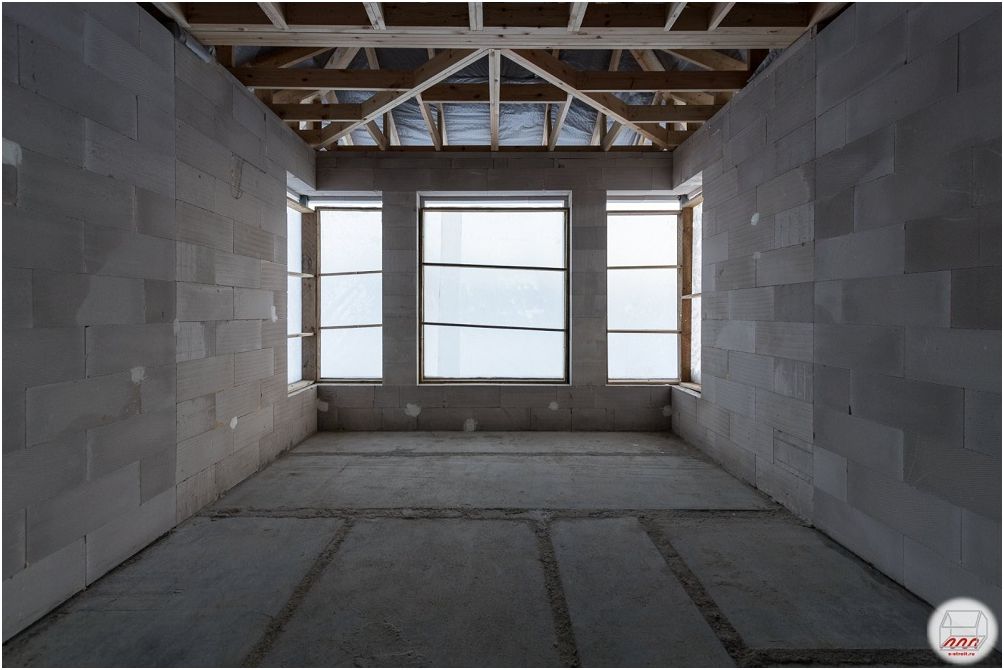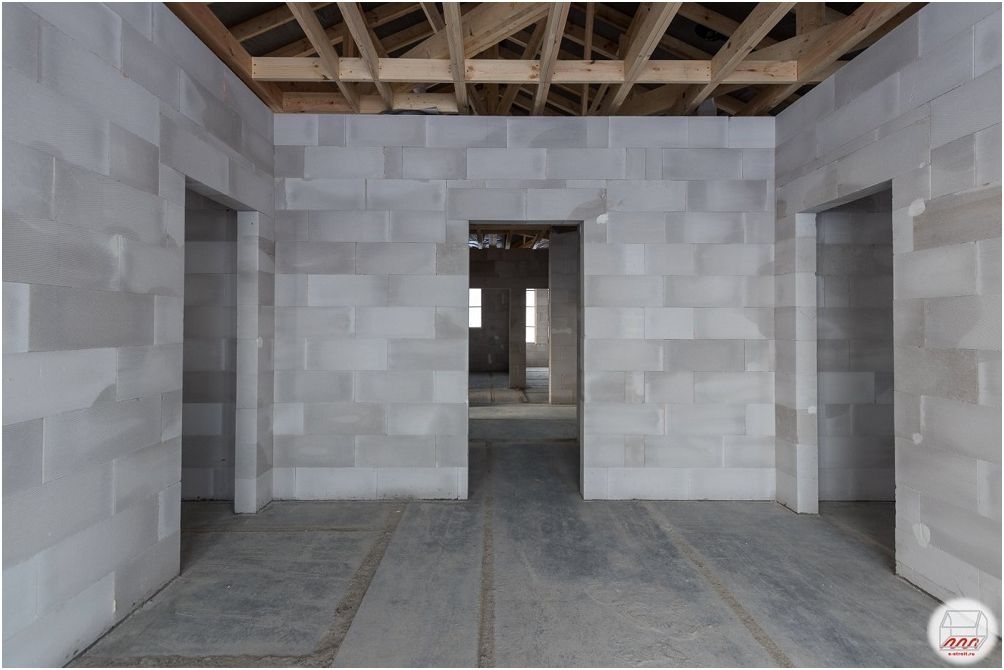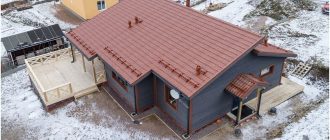Today, resin floors are no longer only used in industrial buildings. Their resistance to heavy use has also been evaluated in residential buildings. There are many advantages to choosing polymer flooring. They are highly durable and aesthetically pleasing. If you are thinking about whether it is possible to fill the floor with epoxy resin, then you need to evaluate all the advantages of the solution. This method is popular. Consider the options for creating flooring in this way.
Where is epoxy flooring used?
Previously, resin coatings were widely used only in industrial facilities and in public buildings. However, today they can be used in private apartments and houses, and not only in garages, laundries or boiler rooms. Their advantages are especially high strength, resistance to intensive use. These floor surfaces can be used in a living room, bathroom or kitchen. They are suitable for modern and minimalist interiors, creating an interesting and durable interior decoration element. Resin can be successfully combined with fillers, varnishes. You can also embed various objects, photographs or paintings in them, thus creating an individual decorative element..
Advantages and disadvantages
Resin flooring has many benefits that make you choose this type of finish in your home. However, before making a final decision, it is also worth learning about the disadvantages of this decision..
Advantages of polymer coating:
- Optical enlargement of space. Thanks to the seamless technique, the resin floor creates a smooth, reflective surface. With such coatings, the interior seems larger.
- Hygienic and easy to clean. Due to its anti-electrostatic properties, the surface does not attract dust and other contaminants. For this reason, it is a solution for allergy sufferers. They do not cause problems with maintaining cleanliness, do not get damaged by frequent washing or using common detergents.
- Aesthetics. This kind of flooring offers great possibilities for furnishing. It can be transparent, of any color, matte, semi-matte or glossy. The resin can be embedded in drawings, pictures or objects that are important to the owners..
- Heating. The cover allows you to use a warm floor underneath.
- Easy to replace. When renovating the interior, such coatings do not need to be peeled off. They can be covered with new material such as wood, panels or carpet. An additional advantage of this solution is good surface insulation..
Disadvantages:
- Easy to scratch. The resin floor is not scratch resistant. Scratches can be caused by sand particles, moving furniture, or pet claws. The rubber outsole of the shoe can leave stubborn streaks on these surfaces..
- Price. This kind of flooring is not a cheap solution. In the case of panels or tiles, you can save money by choosing to install yourself, while the resin needs to be cast professionally, which is usually expensive.
Types of polymer floors
Polymer coatings include epoxy and polyurethane resin coatings. Both types have individual properties and also differ in price. Transparent epoxy for flooring is a cheaper material, very hard, but less durable. Its surface is easier to scratch. It can change color when exposed to sunlight. To obtain a matte surface, use epoxy resin – to obtain a glossy effect, the surface should be covered with a layer of varnish.
 The situation is different with polyurethane resin flooring, which can be either matte or glossy. The higher price of the polyurethane material is offset by its scratch and solar resistance. It creates a pleasant-to-touch surface and is suitable for all types of premises. On the other hand, epoxy is the recommended resin for flooring in a garage, boiler room or utility room..
The situation is different with polyurethane resin flooring, which can be either matte or glossy. The higher price of the polyurethane material is offset by its scratch and solar resistance. It creates a pleasant-to-touch surface and is suitable for all types of premises. On the other hand, epoxy is the recommended resin for flooring in a garage, boiler room or utility room..
Epoxy flooring – benefits
A resin-based self-leveling floor has a lot of advantages:
- Thanks to the smooth and airtight surface, they are completely hygienic. Epoxy surfaces are free of mold and bacteria. They are suitable for use in hospitals, healthcare facilities, washrooms, laundries, kitchens. They are also used in enterprises for the production and packaging of food products and wherever it is necessary to ensure a complete cleanliness of the environment..
- Resin for pouring floors has high chemical resistance.
- They are cast so they have no joints and are easier to clean and maintain than most types of floors. They are also suitable for dusty areas with heavy traffic, for any place where there is a risk of frequent and heavy splashing or other contamination. Epoxy surfaces can be cleaned with a rag, mop or cleaning machine.
- They belong to the medium and high load class and are mechanically resistant to shock and mechanical damage. They are harder than polyurethane surfaces, but at the same time have a more fragile surface.
- They are also suitable for rooms with underfloor heating. Such surfaces reduce heat loss and are resistant to temperature extremes.
- They are stain resistant even when exposed to sunlight.
- They can also be used outdoors..
How to fill the floor with epoxy
Such floor coverings have been used for a long time, so the question of whether it is possible to create such surfaces disappears by itself. In work, you need to adhere to certain recommendations. Epoxy-cast floors can be glossy or matt and, in addition, in many RAL colors, as well as in anti-slip coating. They reach a thickness of only 2-3 mm, and their compressive strength reaches 80 MPa, which is their great advantage. Another advantage is that, once they have been laid, the floor can be loaded very quickly. It solidifies quickly at room temperature. The consumption of epoxy resin for pouring the floor depends on its thickness, the purpose of the room. Depending on the expected load, it may be necessary to repeat the priming procedure several times. Depending on the type of chemical load, optical discoloration may occur, but this will not affect the technical function of the surface.
Ensure an even and dust-free surface before pouring. Therefore, a penetrating resin is applied, which matures within 15-24 hours. This is followed by the laying of the self-leveling layer, which is poured and spread to the required thickness using a stainless steel notched trowel. This is followed by deaeration using the same toothed or prickly roller. For the final anti-slip layer, quartz sand is poured in and then covered with a top UV resistant epoxy.
When pouring epoxy floors, the manufacturer’s recommendations must be followed exactly. The substrate must be dry and free of separating substances. Loose and unstable parts and loose sanding sand must be removed. When preparing the resin, the components must always be thoroughly mixed according to the instructions using a slow-running mixer. A homogeneous mass should form without smudges. The mixing time is usually at least 3 minutes. There is also a different pot life at different ambient temperatures. Material consumption always depends on the layer thickness. The second coat is applied across the previous coat. It is important to adhere to the prescribed drying time between coats..
Cleaning epoxy floors
Cleaning can be divided into the usual daily, which can be carried out by your own efforts, and professional. It is advisable to entrust deeper care to professionals. In most cases, these are complex and professional procedures. An important factor when choosing the intensity of care is the mechanical and chemical stress on the substrate..
For this normal daily dust removal, we recommend vacuuming it with a regular vacuum cleaner and wiping it with a damp mop. In the case of dry dirt on the surface, a polyurethane cleaner is most often used, and the surface is wiped by hand with a mop. In the case of large areas, use a washing machine with a medium-hard brush or a special pad. For polishing small scratches, use, for example, a fine diamond pad.
For intensive cleaning of dirt that cannot be removed by hand or machine, a special solution and water in a concentration corresponding to the degree of contamination of the coating are most often used. After application, the solution is left for 5-10 minutes, after which the surface treated in this way is subjected to further mechanical cleaning on a single-disk machine. Further, the dirt is removed with a water vacuum cleaner, and the treated area is washed with clean water. The spray cleaning method can also be used for regular intensive cleaning. To do this, use a polyurethane cleaner diluted with water in a suitable ratio (for example, from 1:50 to 1: 200). The solution is sprayed onto the surface in the form of a mist and then cleaned with a single disc machine. This method is also suitable for regular intermediate cleaning. For optimal preservation of the appearance of the coating, it is recommended to further polish such an intensively cleaned substrate using a single disc rotary machine or a polishing brush..
3D polymer floors
3D polymer coatings have all the advantages of polymer surfaces, and also create unusual decorative effects in the interior. The 3D effect is achieved by embedding drawings, photographs, graphics, or such objects into the resin cast. These can be coins, pieces of wood, or shells. Then all this is covered with a layer of colorless varnish. This finish gives the interior a unique character, which indicates good taste and indicates the interests of the owners..

